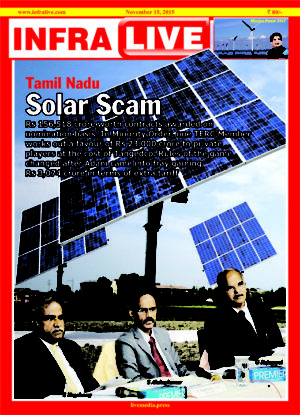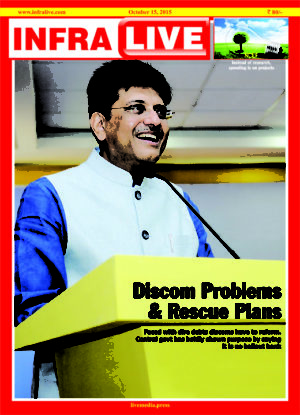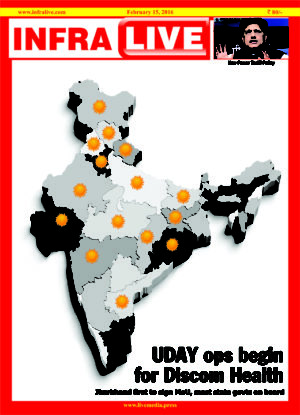The government is making a big push for electric vehicles. The growth forecast is high and the policy is clear. However, the uptake will depend on the ability of the state governments to create charging infrastructure.
The policy field was cleared last year. The ministry of power clarified in Apr 2018 that charging stations do not require license under the Electricity Act 2003. Battery charging which is done in charging stations involves consumption of electricity. Charging stations are not engaged in activities like transmission, distribution or trading of electricity, which require license rather charging stations are consumers of electricity, it was categorically stated by the government.
In Dec 2018, the guidelines were issued. It specified requirements for location, delineated implementation mechanisms, tariff methodologies and identified cities and highway corridors for charging infrastructure. The state government has a nodal role in rolling out the charging infrastructure and it is upto the states to prioritise land allotment for this project. Prime Minister Narendra Modi has set a target that 25 per cent of the total vehicles on roads in India should be e-vehicles by 2030.
The government’s think tank, Niti Aayog in a May 2017 report made a strong pitch for electric vehicles. It called for making India’s passenger mobility shared, electric and connected and stated that electric vehicles can cut the country’s energy demand by 64 per cent and carbon emissions by 37 per cent by 2030. Niti Aayog had forecasted a net savings of roughly Rs 3.9 lakh crore by 2030.
The forays thus far have been unimpressive and fallen badly short of targets. The Energy Efficiency Services Ltd (EESL), in 2017 had invited the world’s single largest electric vehicle procurement tender. Battery performance was mandated. Three companies participated – Tata Motors, Mahindra & Mahindra (M&M) and Nissan and only two bids of Tata Motors and M&M were opened. Inclusive of GST and a comprehensive 5-year warranty EESL got Tata vehicle for Rs 11.2 lakh per vehicle. The delivery was divided into two parts. Phase-I involved
1,000 vehicles for Delhi-NCR while 9,000 vehicles were to be delivered in Phase-II, the delivery points for which were not firmed up.
Under phase-1, finally only 500 cars were ordered. EESL scraped the idea for procurement under phase-2. Electric vehicles have been supplied to the government departments while charging infrastructure is under installation. Clearly a lot of work is required.




